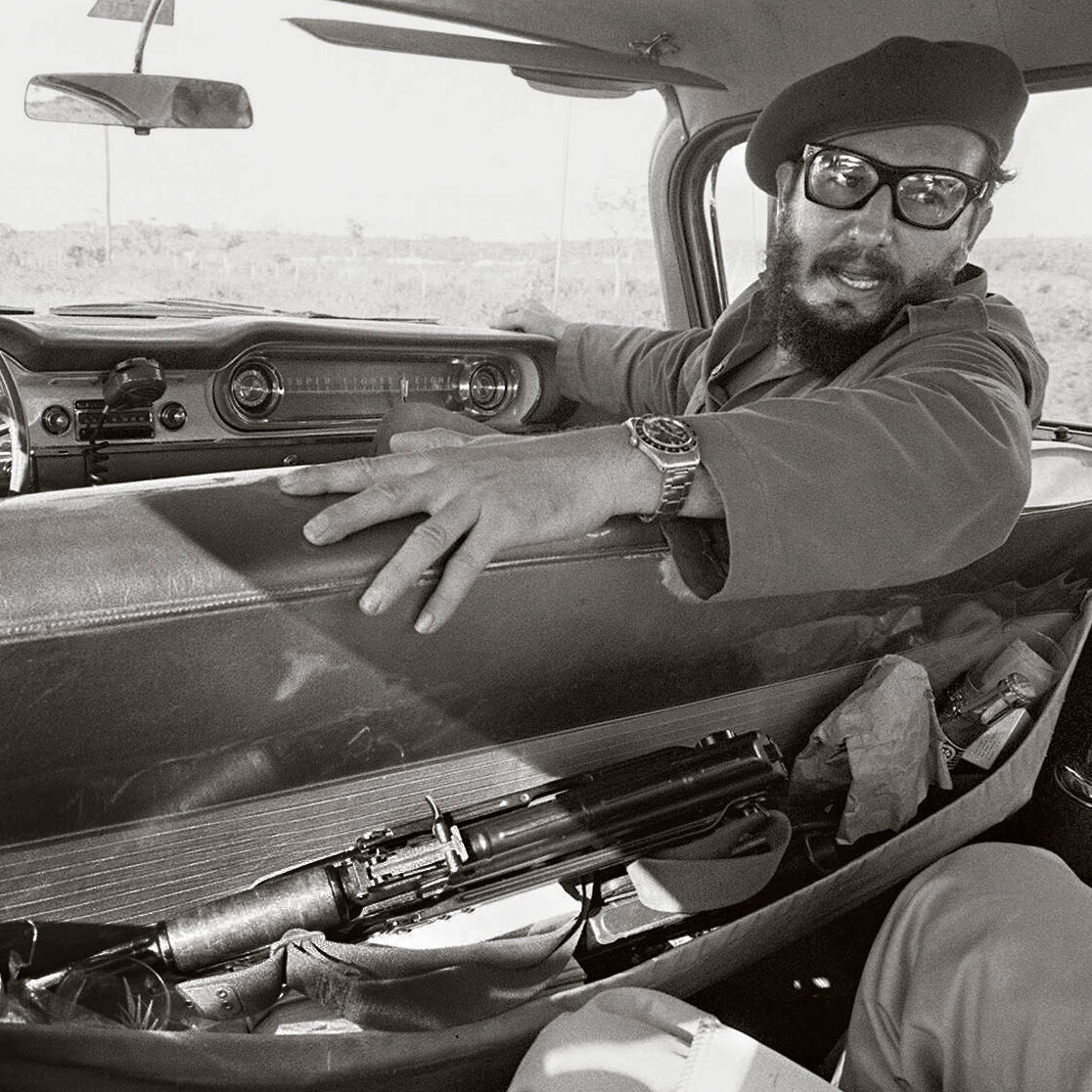A Tap‑to‑Pay Society Is Leaving These New Yorkers Behind

Cash‑less convenience comes at a cost
In a city where contactless payments have become the norm, an increasing number of residents are finding themselves on the wrong side of the digital divide. While many New Yorkers glide through the subway, coffee shop, and grocery aisles with just a tap of a card or smartphone, a growing segment of the population still relies on cash.
Who is being left out?
Street vendors, buskers, and small‑scale performers often lack the equipment to accept tap‑to‑pay, making it harder for them to earn a living. People experiencing homelessness or unemployment are hit even harder, as they frequently have no access to banking services or prepaid cards that would allow them to participate in the cash‑free economy.
The ripple effect on daily life
When cash becomes scarce, everyday transactions such as buying a hot dog from a corner cart, tipping a busker, or paying for a quick laundry service become complicated. Many of these interactions rely on the simple exchange of paper money, and the shift toward digital payments can create awkward moments and lost income.
Potential solutions
City officials and community organizations are exploring ways to bridge the gap, including:
- Providing low‑cost, portable card readers to street vendors and performers.
- Expanding access to free or subsidized prepaid debit cards for low‑income residents.
- Launching public awareness campaigns that encourage cash‑friendly practices in neighborhoods that depend on it.
Looking ahead
As New York continues to push toward a fully digital payment ecosystem, it is crucial to remember that technology should be inclusive, not exclusive. Ensuring that every New Yorker—whether they carry a wallet, a phone, or neither—can participate in the city’s vibrant economy will keep the city’s pulse strong and its streets lively.





